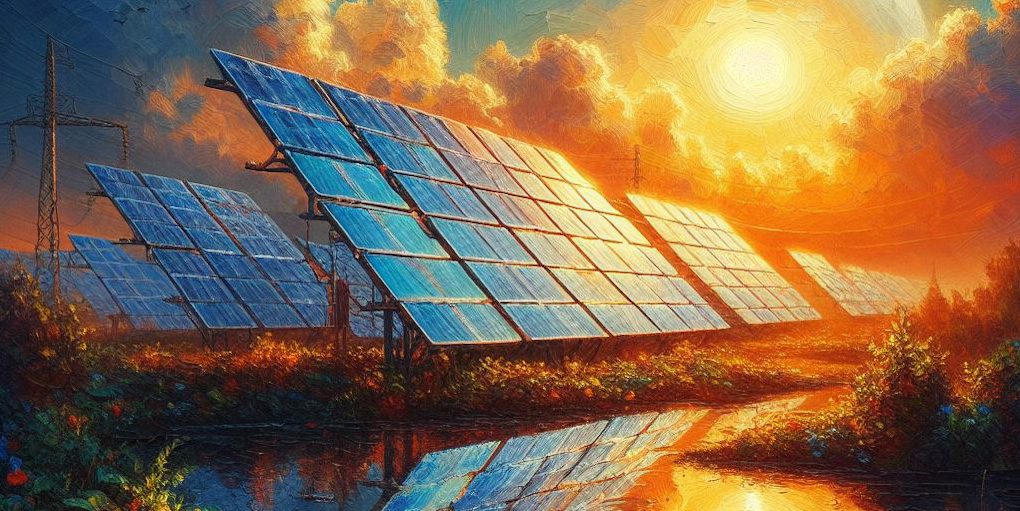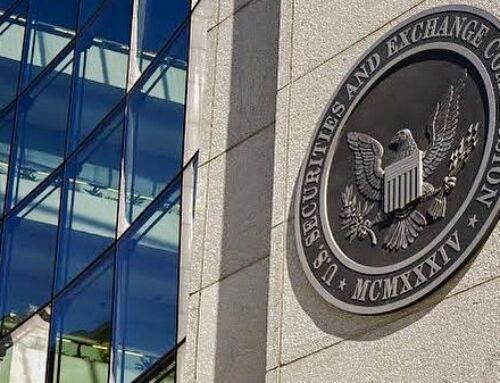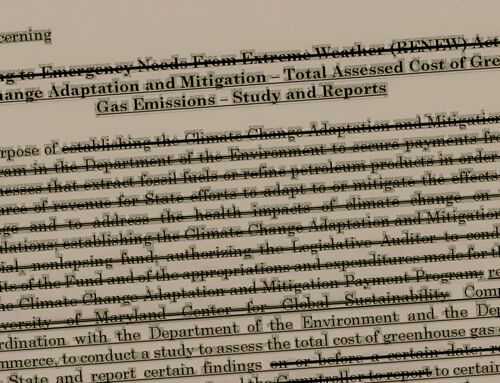View by Topic
Recent Articles
-
EPA Will Keep Current Limits for “Forever Chemicals” in Drinking WaterSaturday, May 24th, 2025
-
Court Indefinitely Pauses SEC Climate Rule LitigationSaturday, May 17th, 2025
-
Maryland is About to Regulate Mold But is the Cart Before the HorseSaturday, May 10th, 2025
-
New Environmental Laws from the 2025 Maryland Legislative SessionSaturday, April 26th, 2025
View by Month/Year
“Green Building Law Update” Headlines
Recent Articles & News from
Stuart Kaplow’s blog
at GreenBuildingLawUpdate.com
- EPA Will Keep Current Limits for “Forever Chemicals” in Drinking Water May 25, 2025
- Court Indefinitely Pauses SEC Climate Rule Litigation May 18, 2025
- Maryland is About to Regulate Mold: But is the Cart Before the Horse? May 11, 2025
- BEPS Redux: The Most Far Reaching Environmental Legislation of the 2025 Maryland General Assembly May 4, 2025
Subscribe to the Green Building Law Update!
Stuart Kaplow brings his expertise and extensive experience to the table with his unique digital publication, "Green Building Law Update". Subscribers receive regular updates to keep them informed about important issues surrounding Environmental Law, Green Building & Real Estate Law, as well as the emerging demand for Environmental Social Governance (ESG).
Get fresh content through the lense of Stuart Kaplow's cutting-edge expertise, innovative commentary and insider perspective. Don't miss another issue! Subscribe below.

Solar Panels may be Hazardous Waste No More
Solar panels provide clean energy from the sun, and their prevalence as an energy source has been growing dramatically. In 2020, solar panels provided about 40% of new U.S. electric generation capacity, compared to just 4% in 2010. Overall, more than 3% of electricity in the United States was produced using solar technologies in 2020.
While in use, solar panels safely generate electricity without creating greenhouse gas emissions. However, like any energy source, there are unintended consequences like waste that needs to be safely disposed of when solar panels reach their end of life. As the solar photovoltaic market grows and then panels become obsolete, so will the volume of end of life panels. By 2030, the United States is expected to have as much as one million total tons of solar panel waste. By 2050, the U.S. is expected to have the second largest number of end of life panels in the world, with as many as 10 million tons of panels, although some have estimated the number will be more than double that, and cumulatively that would be more than 60 million tons of solar panels lying in landfills.
Hazardous waste testing on solar panels across the marketplace has indicated that different varieties of solar panels have different metals present in the semiconductor and solder. Some of these metals, like lead and cadmium, are harmful to human health and the environment. If these metals are present in high enough quantities in the solar panels, solar panel waste could be a hazardous waste under RCRA.
As a practical matter, many solar panels are a hazardous waste, and some are not, but testing the waste stream will be problematic and stifle the continued uptake of solar.
On October 23, 2023, EPA announced a new rulemaking effort to improve the management of end of life solar panels. EPA is drafting streamlined requirements to increase solar panel recycling through the proposed addition of solar panels to the universal waste regulations (first issued in 1995 and streamlining the ‘collection’ of certain ubiquitous hazardous waste while the facility that receives the waste remains subject to the law).
This change in the RCRA regulations could provide one system for handling all discarded solar panels, without regard to hazardous or not. Universal waste regulations are intended to streamline the process further encouraging the solar marketplace by promoting the collection and recycling of solar panels including prompting the development of municipal and commercial programs to reduce the quantity of these wastes going to municipal solid waste landfills. Some believe this end of life government subsidy to the solar industry is key to continuing the greater solar market uptick and reducing greenhouse gas emissions.
EPA is developing this rule in response to the November 19, 2021, petition submitted by a broad coalition of industry associations making this ask to aid the sustainability and long term growth of the solar industry. Others questioning the wisdom of this energy public policy have suggested this is little more than the government picking winners in power generation. And there are those that observe that today, this is no good recycling option for most component parts of the majority of solar panels making this life cycle speculative, despite that many panels are 76% glass, 10% plastic, 8% aluminum, 5% silicon and 1% metals(.. nothing that 900 degrees F will not thermally separate?
Some states have enacted their own laws, regulations, and policies impacting solar panel waste, including California and New Jersey, but most like Maryland, while driving solar panel installation do not yet have an end of life plan. Accordingly, many are awaiting this new rule that may be proposed as early as summer 2025, but is likely years in the implementation. If states want to drive solar installations within their borders, by subsidizing the solar industrial complex, they could move forward with their own changes in laws creating universal waste rules for solar panels (.. and why not also lithium batteries that power electric vehicles while the states are at it, if we want government energy policy to lead an industry?).
There is much to be considered in the death of a solar panel.









